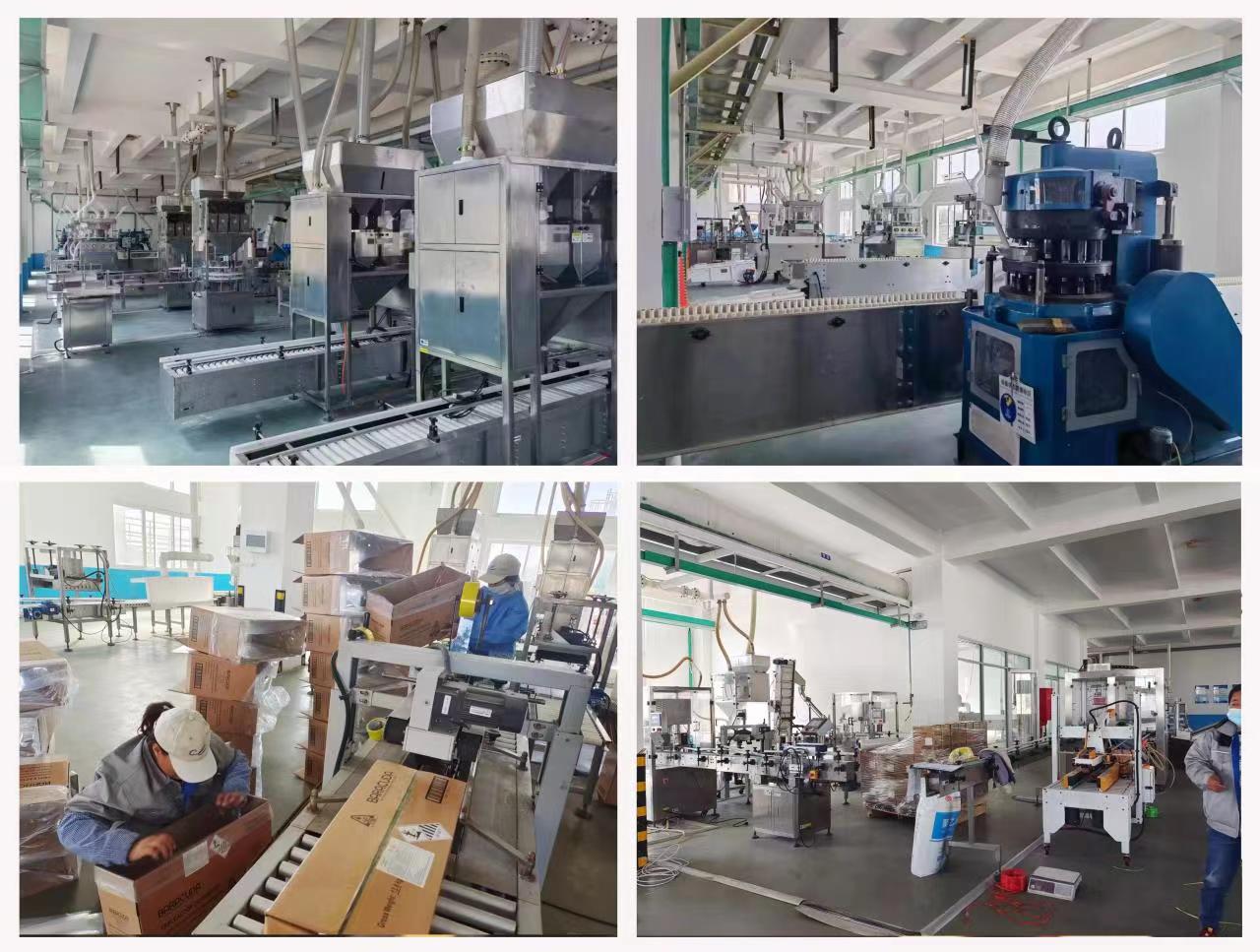

Select Language


Payment Type:T/T,D/P,D/A,L/C
Incoterm:CFR,CIF,EXW,FOB
Brand: kopeo
CAS No.: 25322-68-3
EINECS No.: 200-849-9
MF: CH4
Place Of Origin: China
Application: Industrial Chemicals
Appearance: White Waxy Solid
Other Names: PEG
Classification: Chemical Auxiliary Agent
Type: Adsorbent
Sample: Avaliable
Payment Type: T/T,D/P,D/A,L/C
Incoterm: CFR,CIF,EXW,FOB
Product Information
Polyethylene Glycol, is a general term for glycol Polymers containing α, ω-bis-terminal hydroxyl groups.
Polyethylene glycol is one of the Polymers with the chemical formula HO(CH2CH2O)nH, non-irritating, slightly bitter taste, good water solubility, and good compatibility with many organic components. It has excellent lubrication, humectancy, dispersion, adhesion, and can be used as antistatic agent and softener, etc. It has a wide range of applications in cosmetics, pharmaceuticals, chemical fiber, rubber, plastics, papermaking, paint, electroplating, pesticides, metal processing and food processing industries.
Polyethylene Glycol Chemical Properties
The properties of polyethylene glycol vary according to the molecular weight, from colorless and odorless viscous liquid to waxy solid. Those with molecular weight of 200-600 are liquid at room temperature, those with molecular weight above 600 gradually become semi-solid, and the properties are different with the average molecular weight. From colorless and odorless viscous liquid to waxy solid. With the increase of molecular weight, its hygroscopicity decreases accordingly. It is soluble in water, ethanol and many other organic solvents. Low vapor pressure, stable to heat, acid and alkali. It does not react with many chemicals. It has good hygroscopicity, lubricity and adhesion. Non-toxic, non-irritating. Average molecular weight 300, n=5~5.75, melting point -15~8℃, relative density 1.124~1.130. Average molecular weight 600, n=12~13, melting point 20~25℃, flash point 246℃, relative density 1.13(20℃). Average molecular weight 4000, n=70~85, melting point 53~56℃.
Main uses of polyethylene glycol
Polyethylene glycol and polyethylene glycol fatty acid esters are widely used in the cosmetic and pharmaceutical industries. Polyethylene glycol has many excellent properties: water solubility, non-volatility, physiological inertness, mildness, lubricity and wetting of the skin, softness, pleasant afterfeel, etc. Polyethylene glycol can be selected from different relative molecular mass grades to change the viscosity, hygroscopicity and organizational structure of products. Different relative molecular mass grades of polyethylene glycol can be selected to change the viscosity, hygroscopicity and organizational structure of the products. Polyethylene glycol with low relative molecular mass (Mr<2000) is suitable for use as wetting agent and consistency regulator for creams, lotions, toothpastes and shaving creams, etc. It is also suitable for non-washable hair care products to give hair a silky luster. Polyethylene glycol with high relative molecular mass (Mr>2000) is used in lipsticks, deodorant sticks, soaps, shaving soaps, foundations and beauty cosmetics. In detergents, polyethylene glycol is also used as a suspending and thickening agent. In the pharmaceutical industry, it is used as a base for ointments, emulsions, ointments, lotions and suppositories.
Polyethylene glycols are widely used in a variety of pharmaceutical preparations such as injections, topical preparations, ophthalmic preparations, oral and rectal preparations. Solid grade polyethylene glycols can be added to liquid polyethylene glycols to adjust viscosity for topical ointments; polyethylene glycol mixtures can be used as suppository matrices; aqueous solutions of polyethylene glycols can be used as co-suspension agents or to adjust the viscosity of other suspension media; and polyethylene glycols are used in conjunction with other emulsifiers to increase emulsion stability. In addition, polyethylene glycol is also used as film coating agent, tablet lubricant, controlled release materials.

Company information
The company's main import and export products include
(1)Rubber Product:Rubber Products are made of rubber raw materials for the rubber mixing machine after refining as raw materials, in the refining of rubber according to the characteristics of the required rubber products and design formulas, and set the required hardness of the product. The products are molded by rubber plate vulcanizing machine. After molding, the products are finally processed with flying edge to make the product surface smooth and burr-free.
(2)Flavors and Fragrances are volatile substances. They have a certain aroma and fragrance, can be people smell taste out (some aroma and fragrance in the case of people can not be perceived by the senses, but will be different creatures feel and distinguish out); requirements to achieve the purpose of the people's favourite, the spirit of pleasure and enrichment and beautification of the material and cultural life of the people.
